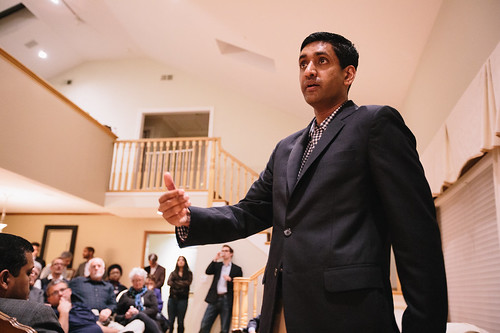 Recycling law leads to theft, but what can be done about it?
Recycling law leads to theft, but what can be done about it?
by Brian Leubitz
If you read the San Francisco Chronicle often enough, you get the general vibe of where CW Nevius is headed. He’s all about quality of life and would generally prefer a modern suburbanization. Lovely for the suburbs, but it doesn’t always go well in the City of San Francisco. And he’s living in San Francisco now, and noticing the little things.
Like recycling theft. First, let me say as somebody who worked on a campaign about San Francisco’s waste system, it is a very common concern, in pretty much every part of the City. I don’t know if it as big of a problem in LA or other urban parts of the state, but it raises many issues (and many questions) here in SF. I’ll take the quote from Recology’s Adam Alberti
“It hurts everybody,” says Adam Alberti, a spokesman for Recology, the city’s garbage collection firm. “We have heard reports of (scavengers) being paid in drugs instead of cash. And there is an impact on ratepayers when recycling theft is happening.” (CW Nevius/SF Chronicle)
Now, first, let me say that the California Redemption Value system works very well for its intended goals: increasing recycling. In the latest report, aluminum recycling is at 99%, and glass at 91%. These are good figures, and mean that we are leaving less junk for future generations to deal with. But, like most public policy interventions, there are side effects. I know for a fact that recycling theft is real, as I see it every Thursday night when I put out my garbage. But the other ills, such as the ills Mr. Alberti mentioned, are very real. To a surprising degree, recycling theft is an organized crime. Groups pay a small pittance to the people that actually gather the materials, and then they go around and flip the materials for a tidy profit.
But these side effects cannot deter us from our greater environmental goals. We can’t go backward on recycling, not in an era of increasing scarcity of resources. Therefore we simply cannot toss out the baby with the bathwater on our CRV program. We are the leader on this program, so in some ways that leaves us to come up with our own solutions. Some of the proposals bandied about in the past have included limits on how much you could redeem, and requiring some form of ID or otherwise providing personal information upon redeeming a large quantity of recyclables. But we shouldn’t limit ourselves to these ideas, we need to work on ways to address the issue while still achieving our original goals.

 New list of House Dems features 2 Californians
New list of House Dems features 2 Californians The UC health care system is one of the best in the world. However, beneath the reputation, there is a serious staffing issue. While management costs have ballooned over the past few years, administrators are working to make big cuts to employees who actually provide care. In
The UC health care system is one of the best in the world. However, beneath the reputation, there is a serious staffing issue. While management costs have ballooned over the past few years, administrators are working to make big cuts to employees who actually provide care. In 
